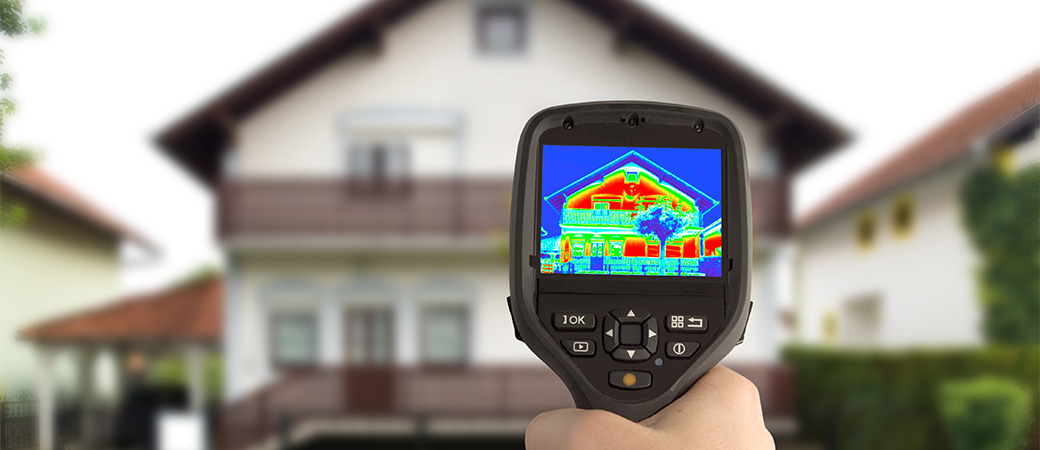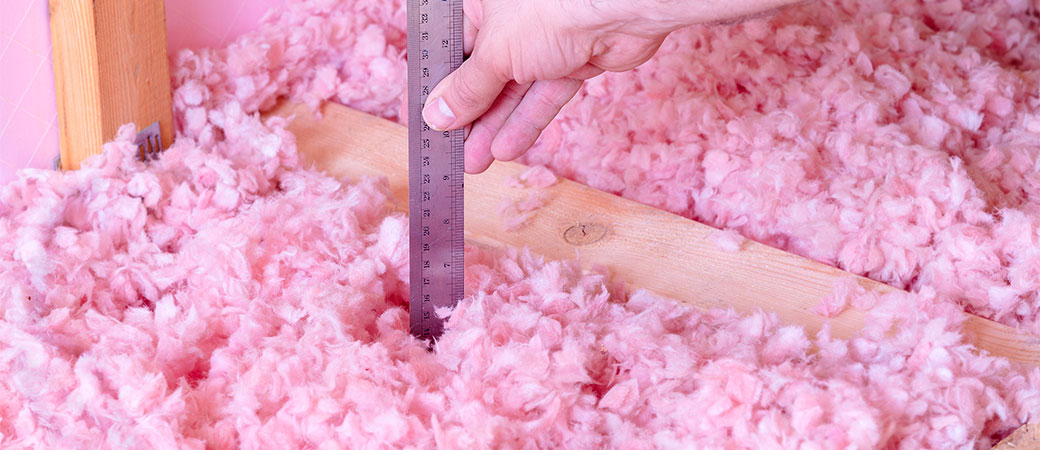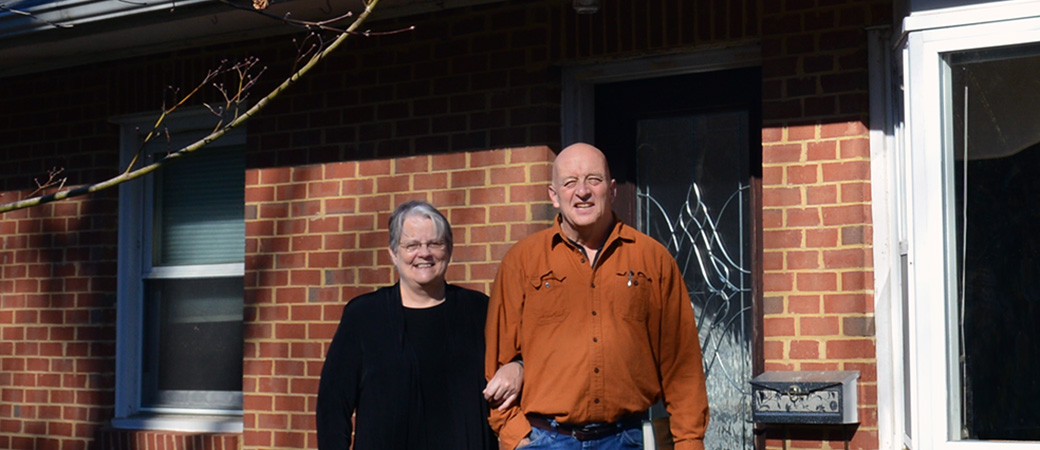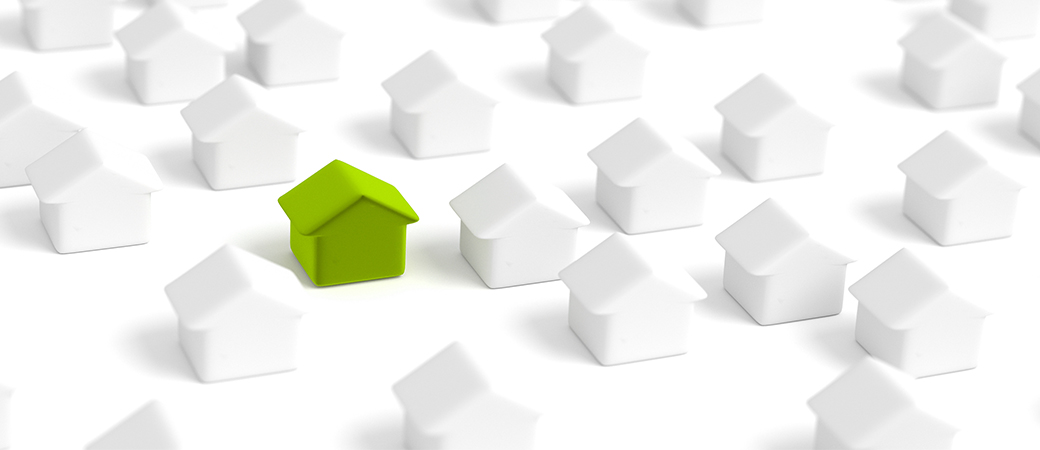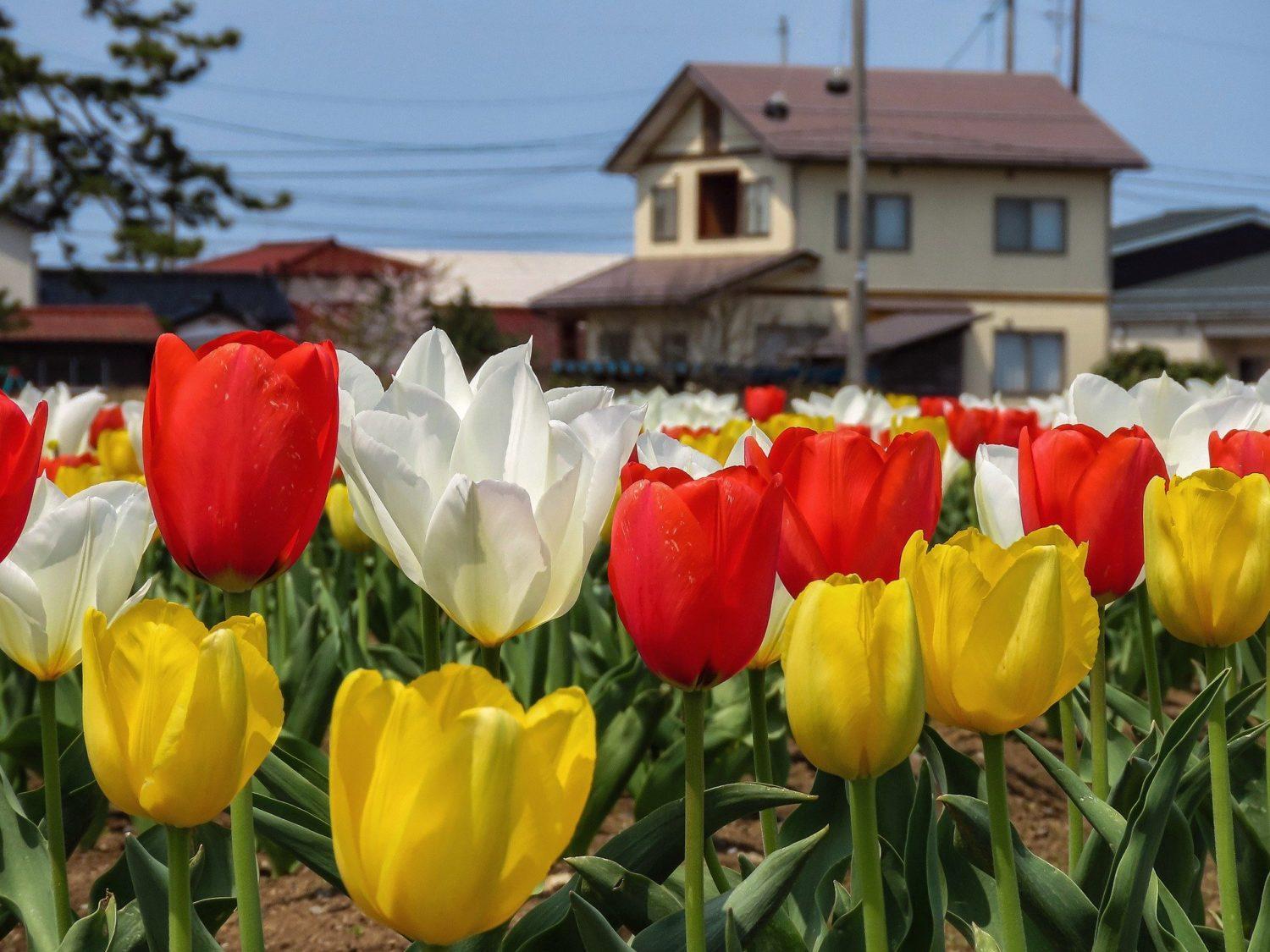
Despite how different things are in the world this time around, spring is here again. Though our day-to-day lives have changed in the past few months, stay-at-home order conditions make it even more important to get your home in tip-top shape in preparation for the changing, warmer months ahead. Some of our usual suggestions require a professional to come out to your home, but there’s still plenty you can do yourself!
Note: if you need to purchase any items or equipment, ordering supplies online for curbside pick up or delivery is the safest option to maintain physical distancing guidelines. Hardware stores are considered essential businesses, so you should be able to get your (gloved) hands on most items you might need.
While we’re all at home thinking about spring cleaning, here are the top energy-related things to consider – and recommendations to address them:
- Extra time spent at home means higher baseload energy use (meaning, the part of your bill that doesn’t include heating or cooling). Be extra cognizant of the energy your household is using. Here are a few ways to minimize the increase in your usage:
- Get those spare LED bulbs out of the closet (or order a few) and do a sweep of the whole house to swap them in wherever older, less efficient bulbs are in use.
- While dishes and laundry seem to be neverending with a full house, only run the washing machine or dishwasher when full.
- Many of us are cooking more meals at home, so make sure you’re using the proper-sized cookware for burners, the most energy-efficient appliances available to you (microwave or toaster oven are preferred over a conventional oven, if possible), and maintaining and cleaning your equipment properly to maximize efficiency.
- The dry, ambient air of the cooler months keeps crawlspace and basement humidity issues at bay in the winter. But with the cold months behind us, both interior and outdoor relative humidity levels are going to increase. For the health and durability of your home (and you!), get out ahead of it by monitoring your humidity levels.
- First, clean your gutters and check your downspouts to make sure your systems are working effectively. To help reduce the potential for moisture issues in your crawlspace and basement, be sure to move water spouts as far away from the foundation as is possible.
- Install humidity monitors in your basement to get a read on the levels and check them regularly. If the monitor reads higher than 60% humidity, add a dehumidifier to your space.
- Change your air filters – especially for allergy or asthma sufferers – to purify the air and eliminate pollen, dust, dust mites, and other harmful particles from your home. When it is safe to call a professional, have one come to tune-up your A/C before you switch into cooling mode.
- Insulation is a key piece to any efficient living space, primarily in the attic and crawlspace, but usually calls for a professional. Every little bit helps, though, and some spots in your home are easy to take care of yourself without specialized equipment. If you can do no other insulation, insulate and weatherstrip your attic access hatch.
- Most attic access hatches are just ½“ (or less!) of plywood or drywall separating the inside of the home from outside weather conditions, and can heat up to 100+ degrees in the summer. Glue rigid foam board to the hatch and add a bit of inexpensive foam weatherstripping to the perimeter of the inside face (so that it compresses against the trim) to help reinforce that thermal barrier.
While some of us have a bit more time on our hands to tackle projects, we hope this guide proves a helpful place to start. Being mindful of your household energy use, monitoring your humidity levels, and insulating your attic access hatch will position you and yours to kick off spring healthily and efficiently.

